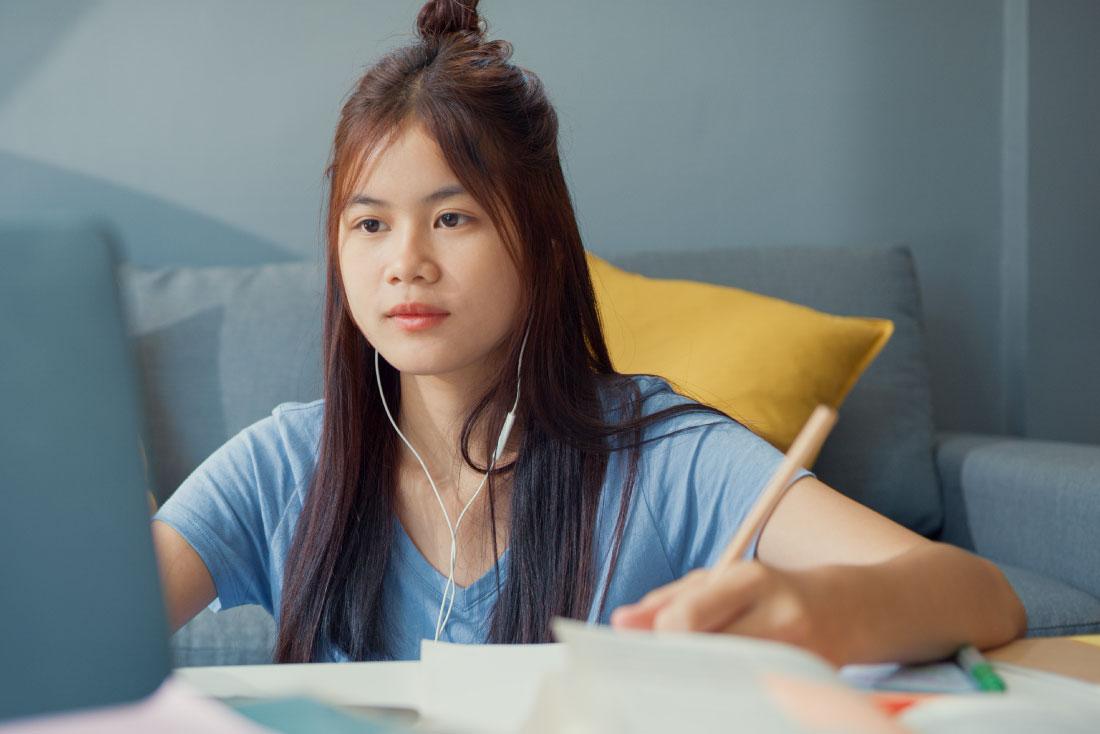
By Nicola McDougall, Editor, The Female Investor
A new report has highlighted the disproportionate impact COVID-19 has had on women’s employment, particularly the employment and education opportunities for young women.
The report, Changing the Trajectory: Investing in Women for a Fairer Future – commissioned by Australians Investing in Women and undertaken by Equity Economics – shows women shouldered three out of five job losses across Australia in 2020. In Victoria, four out of five job losses were women.
CEO of Australians Investing in Women (AIIW), Julie Reilly, said while the impact of COVID-19 has been widespread, the evidence is now clear that the working lives of women have been most significantly affected.
“The COVID-19 pandemic has had a disproportionate impact on women, including lost work, increased care burden, and greater risks faced by women working on the frontline of the COVID-19 response,” Ms Reilly said.
“Now, more than ever, targeted interventions through government policy and philanthropic investment are needed to improve the outcomes for women and girls, build a more resilient workforce, and ensure a more prosperous future for all.”
The AIIW report found that, while young women aged 15 to 24 years accounted for 7.5 per cent of the labour force at the start of the pandemic, they made up 22 per cent of job losses between February and May 2020, and 58 per cent of job losses between June and September 2021.
“In May 2020, young women lost 25 per cent more jobs than young men. Between June 2021 and September 2021, they lost over twice as many jobs as their male peers,” Ms Reilly said.
“The pandemic could stall the entry or ongoing participation of women in the workforce by one year, and could widen the gender pay gap between men and women by at least one percentage point.”
The report comes as Australia’s progress on gender equity continues to slow, with the World Economic Forum’s Global Gender Gap Index now ranking Australia behind countries including Rwanda, Nicaragua, and the Philippines – down to 50th in the world, from 14th place in 2006.
“The pandemic has created significant risks to the economic futures of young women in Australia, and threatens to rapidly undo the gains in gender equality that have been hard fought for over many decades,” Ms Reilly said.
The AIIW report also found there was a 28 per cent increase in the number of young women not in education or employment, compared to a 20 per cent increase in the number of young men.
“This is particularly concerning because we know that young people who experience more than six months not in education, employment or training are three to five times more likely to experience persistent periods of unemployment in adulthood,” Ms Reilly said.
Other key findings of the report include:
- While young people aged 15-24 account for 15 per cent of the labour force, they accounted for 55 per cent of the job losses. Of those who lost their job, 68 per cent were young women.
- Young women without a post-school qualification lost the most jobs across all age and education groups, accounting for 125,000 job losses between February and May 2020. Analysis shows this was driven by the overrepresentation of young women without a postschool qualification in the industries most impacted by lockdowns (i.e. retail, hospitality, and the arts).
- Young migrant men and women were disproportionately impacted by the economic downturn, particularly those from non-English speaking backgrounds. Young migrant women from non-English speaking backgrounds suffered a 44.4 per cent fall in employment at the height of the pandemic in May 2020.
- Female enrolments in post-school education fell in net terms by around 85,600 in May 2020, relative to May 2019. Men’s enrolments, by comparison, fell by around 24,400 – in other words, women comprised 78 per cent, or close to four times as many, of this decrease.
- Around 34,000 women are now unlikely to complete a Certificate III or IV as a result of the pandemic. As a consequence, they face a 10 per cent reduction in their employment prospects, from 78 per cent down to 68 per cent, a fall in full-time earnings of almost $3000 a year.
To ensure the economic fallout from the pandemic does not derail the future trajectory of young women’s education and employment and further widen the gap between men and women’s economic outcomes, AIIW recommends greater investment and dedicated focus to:
– Strengthen young women’s education and training pathways;
– Strengthen women’s transition into and sustained attachment to employment;
– Strengthen women’s business opportunities; and
– Initiatives to support gender equity.
“The ability of the economy and community to recover from the long-term impacts of COVID-19 will require significant and innovative investments in social infrastructure and in people,” Ms Reilly said.
“Ensuring these investments address the disproportionate impact on women, and that the recovery supports gender equity in Australia, must be a focus of governments, business, community and philanthropic organisations.”



